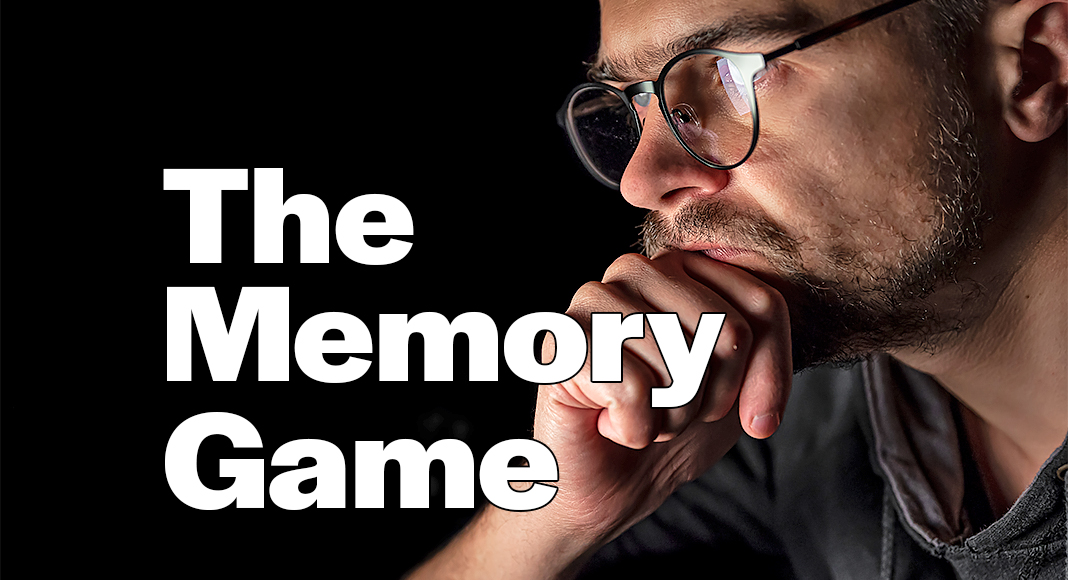
Mega Doctor News
Newswise – As animals experience new things, the connections between neurons, called synapses, strengthen or weaken in response to events and the activity they cause in the brain. Neuroscientists believe that synaptic plasticity, as these changes are called, plays an important role in storing memories.
However, the rules governing when and how much synapses change are not well understood. The traditional view is that the more two neurons fire together, the stronger their connection becomes; when they fire separately, their connection weakens.
New research from the University of Chicago on the hippocampus, a brain area essential for memory, suggests that this is not the whole story. Other rules of synaptic plasticity appear to have a bigger effect and better explain how brain activity continually reshapes the way memories are recorded in the brain.
Patterns of activity and their neuronal representations change a lot as an animal becomes more familiar with a new environment or experience. Surprisingly, those patterns keep evolving even once something is learned, albeit more slowly.
“When you go into a room, it’s new at first but it quickly becomes familiar to you every time you come back,” said Mark Sheffield, PhD, Associate Professor of Neurobiology and the Neuroscience Institute at UChicago and senior author of the new study published in Nature Neuroscience. “So, you might expect that neuronal activity representing that room would settle and become stable, but it continues to change.
“These changes in representation, during learning and after, must be driven by synaptic plasticity, but what kind of plasticity exactly? It’s hard to know, because we don’t have the technology to measure that directly in behaving animals,” he said.
Shifting place cells
The 2014 Nobel Prize in Medicine was awarded for the discovery of “place cells”: neurons in the hippocampus that activate only when an animal is at a certain spot in a room, called the “place field.” Different neurons have their place fields at different locations in the room, covering the entire environment and forming what’s known as a cognitive map.
In the new study, Antoine Madar, PhD, a postdoctoral researcher in Sheffield’s lab, studied place cell activity recorded in the brains of mice as they scampered through different environments. The mice first ran through a familiar environment, then switched to an unfamiliar one. The researchers expected to see the same patterns of activity when the mice were in a place they knew, and different patterns as they learned a new environment. Instead, they saw that the activity was slightly different every time, and reasoned that these changes reflected synaptic plasticity.
To understand what drives these constant changes in neuronal representations, Madar built a computational model of hippocampal neurons, and then applied different plasticity rules to see if they would make place cells behave in the same patterns seen in the mouse data. Instead of the traditional “neurons that fire together wire together” rule, known as Hebbian Spike Timing-Dependent Plasticity (STDP), a different, non-Hebbian rule called Behavioral Timescale Synaptic Plasticity (BTSP) best explained the shifting place field dynamics.
Some changes in place cell activity were subtle; the cell fired in a slightly different location than the previous time. Others were more drastic, jumping to a completely different location. STDP could only explain the small gradual shifts, Madar said, but BTSP could explain the whole range of shifting trajectories, including the big nonlinear shifts.
“We know a lot about the physiology that supports synaptic plasticity, but we usually don’t know how important those things are for learning,” Madar said. “Our study provides evidence that BTSP is more impactful than STDP in shaping hippocampal activity during familiarization.”
BTSP is a fairly recent discovery, so Madar said that comparing their data and models allowed them to learn a lot about this new plasticity rule. For instance, they knew that BSTP is triggered by large jumps in the amount of calcium inside cells, but they didn’t know how frequently these jumps happen. The new research shows that while these jumps are rare, they occur more frequently when an animal is learning and forming new memories. The researchers also found that once a place field forms, the probability of these BTSP-triggering events follows a simple decaying pattern, with only slight variations across brain regions or familiarity levels.
“This is enough to explain the awesome diversity in individual place field dynamics that we observed,” Madar said.
Encoding the entire experience
Although the research shows that hippocampal activity is much more dynamic during memory formation than previously thought, it’s still not clear what purpose these shifting representations could serve.
“Continually evolving neuronal representations could help the brain distinguish between similar memories that happened in the same place but at different times, a very important process to avoid pathological memory confusion, a hallmark of multiple neurological and cognitive disorders,” Madar said.
Sheffield starts to sound Proustian when considering this question.
“Every time you come back into the room that you’re sitting in, you’re somehow able to track that you’re in the same room. But it’s a different day and a different time, right? You can never completely replicate an experience, and somehow the brain tracks all that,” he said.
“So, one idea is that these dynamics in memory representations are encoding just that. They’re encoding slight changes in the experience, like maybe you have a coffee one time and later you have lunch in the same room. These subtle differences in setting, odors, time — all these slight changes in experience could be encoded into the memory through the changes in these place fields. They’re not just encoding the environment; they’re encoding the entire experience that occurs there.”
The study, “Synaptic Plasticity Rules Driving Representational Shifting in the Hippocampus,” was funded by the National Institutes of Health (DP2NS111657, F32MH126643), the Whitehall Foundation, the Searle Scholars Program and the Sloan Foundation. Anqi Jiang and Can Dong, current and former PhD students at UChicago, were additional authors.









